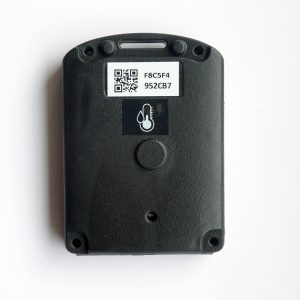There’s a thought provokingresearch paper, by Breda University of Applied Sciences (pdf) no longer available, prepared for last year’s International Tourism Student Conference on Smart Technologies in Tourism.
It’s based around a case study of 232 iBeacons having been used at SAIL Amsterdam forming five private and public beacon networks. The paper discusses what Smart Tourism is, how to measure customer experience and the various phases a tourist goes through (anticipatory, planning, experiential, reflection).
69,000 people, 3% of all SAIL visitors, used the app and of these 47% had their Bluetooth turned on. Nevertheless, this allowed the organisers to track visitors’ behavior and manage visitor flows. It was the end user features of the app/system that were less utilised than they could have been.
The paper discusses visitors’ perceived loss of privacy when installing the app. The solution is seen to be to ensure that users perceive the provision of their data/location as a fair deal to receiving information. Another issue is being careful when sending out push notifications as psychological factors can have big influence on customers’ reaction to them. Another issue discussed is the differing interests of the developers, sponsors and SAIL organisers when creating the app.
Success in using beacons and apps is tied to how much information visitors have on the possibilities and benefits in installing and using (turning Bluetooth on) the app. As the paper says:
“Organisers need to provide extensive information about the technology and the proper usage of it in order to profit from the maximum services that the apps offer.”
